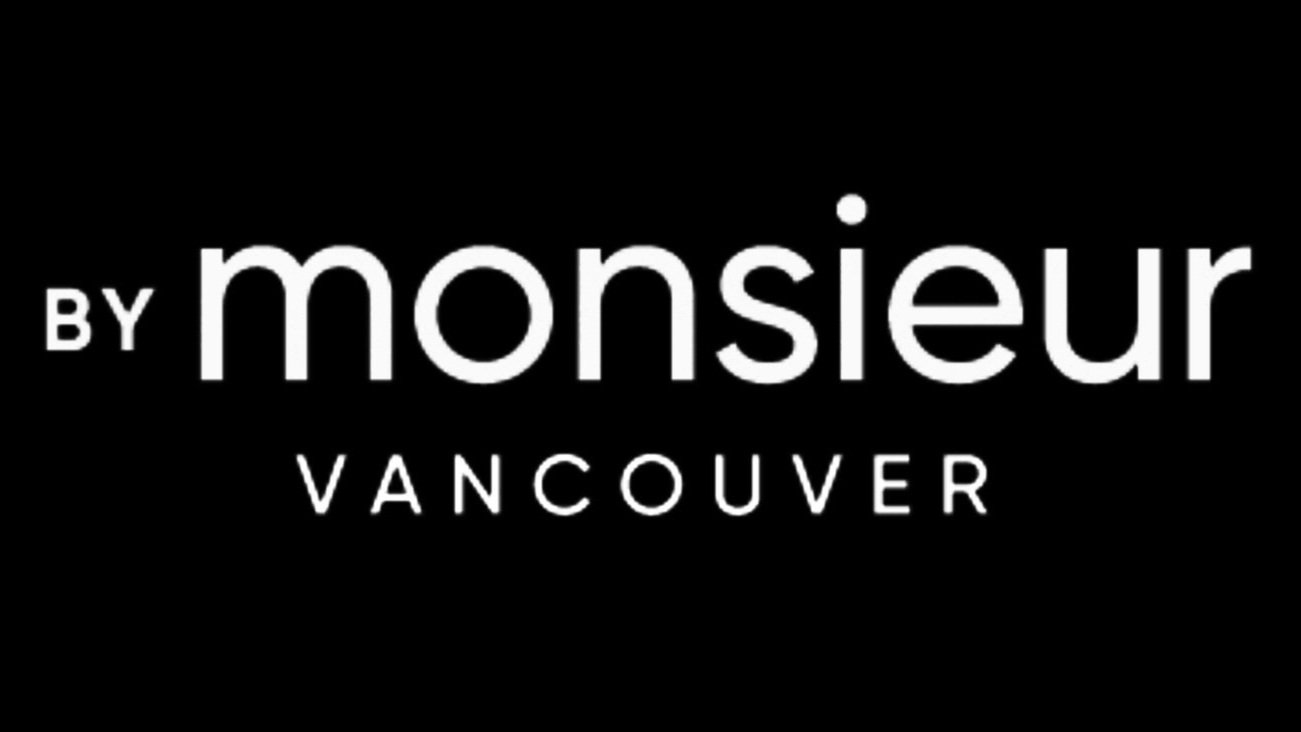The Leather ABC:
A Concise Guide
-
Handcrafted: Products made primarily by hand, involving processes such as cutting, assembling, and finishing. Some stitching may still be done by machine.
Handsewn: Products stitched entirely by hand, using traditional saddle stitching techniques that provide superior strength and durability compared to machine stitching.
Monsieur: a French honorific meaning "Mister," used as a polite title for addressing or referring to a man.
-
Tote Bag: A spacious, open-top bag with handles, ideal for carrying everyday essentials.
Pouch: A small, simple bag used for holding small items, often without straps.
Crossbody Bag: A hands-free bag worn across the body, perfect for convenience.
Clutch: A small, handheld bag, typically for formal occasions or evening wear.
Backpack: A practical, two-strap bag worn on the back, suitable for carrying heavier loads.
Satchel: A structured bag with a top handle and often a long shoulder strap.
Messenger Bag: A crossbody bag with a flap, often used for work or commuting.
Duffel Bag: A cylindrical bag with a zipper, great for sports or weekend trips.
Bucket Bag: A structured bag with a round base, typically with a drawstring closure.
Briefcase: A formal, structured bag for carrying documents and laptops.
Hobo Bag: A slouchy, crescent-shaped bag with a single shoulder strap.
Boston Bag: A classic, rounded bag with a structured design and top handles, often used for short trips or as a stylish day bag.
These variations cater to different uses and fashion preferences.
-
Bifold Wallet: A classic fold wallet with compartments for cards and cash.
Trifold Wallet: A wallet with three folds, offering more storage space.
Cardholder: A slim wallet for cards, ideal for minimalists.
Money Clip: A simple, compact option for holding cash and a few cards.
Travel Wallet: A larger wallet for travel documents, cash, and cards.
Zipper Wallet: A wallet with a zipper closure for extra security.
Passport Wallet: Designed specifically for holding passports, tickets, and other travel documents.
Coin Wallet: A small wallet with compartments for coins and small items.
Long Wallet: A sleek, elongated wallet that can hold cash, cards, and documents without folding, often favored for its elegant appearance.
These wallet types cater to various needs, from minimalism to travel convenience.
-
Cowhide: Durable and thick, ideal for heavy-duty products like bags and shoes.
Goatskin: Soft, lightweight, and supple, perfect for luxury accessories.
Salmon Skin: A unique, eco-friendly leather with a distinct texture and pattern.
Sheepskin: Soft and lightweight, offering a comfortable, flexible feel.
Calfskin: Smooth and refined, prized for its softness and quality, used in premium goods.
Pigskin: Known for its toughness and fine grain, often used for linings or casual leather goods.
Deerskin: Exceptionally soft and flexible, yet durable, offering a luxurious feel for gloves, garments, and high-end accessories.
Lizard: Exotic and elegant, featuring a distinctive scale pattern, commonly used for small leather goods and statement pieces.
Each type offers distinct characteristics suited to different products and preferences.
-
Pebbled Grain: Features a textured, bumpy surface that adds visual interest and enhances durability.
Sleek Grain: Smooth and polished, offering a refined, luxurious look.
Full Grain: The highest quality, maintaining the original texture and marks of the hide.
Top Grain: Slightly sanded for a smoother feel while still preserving strength.
Corrected Grain: Treated to remove imperfections, resulting in a more uniform texture.
Genuine leather: A term used in the leather industry to describe a specific quality of leather, typically ranking below higher grades like top-grain leather or full-grain leather. Despite its name, it does not necessarily indicate high quality.
Each grain type influences the look, feel, and durability of the leather.
-
Burnishing: Polishing the edges of leather to create a smooth, finished look.
Stitching: The process of sewing leather pieces together, often done by hand for durability and aesthetic detail.
Beveling: Smoothing and rounding the edges of leather for a polished finish.
Embossing: Pressing designs into leather for decorative purposes.
Hot Foil Stamping: A technique using heat and pressure to imprint metallic or colored foil onto leather for a luxurious, custom finish.
Skiving: Thinning leather in specific areas to make it easier to fold or sew.
Edge Paint: A colored coating applied to leather edges for a clean, decorative look.
Awl: A pointed tool used to create holes in leather for stitching.
This glossary showcases the refined techniques that make leather products unique and high-quality.
